Here’s what caught my eye this week:
[1] Interesting posts this week: Stephan Guyenet’s discussion with Chris Kresser is sure to be fascinating, because the material left on the cutting room floor is great. I especially liked Stephan’s observations about insulin’s contributions to weight loss, via promoting satiety and leptin sensitivity.
Chris Masterjohn refutes an old canard: The cannibals of New Guinea preferred fishermen, not missionaries. Of course – fishermen are more nutritious, they have more iodine.
Apropos this week’s post (Can Endurance Exercise Promote Cancer?, May 11, 2011), Keith Norris of Theory to Practice discusses the relation between fitness and health:

Personally, I’ve never gotten to the right of the part of the curve labeled “Health” and “Performance,” and spent too much time in the area off the chart called “Unhealth” and “Non-performance.”
Via Obesity Panacea’s Travis Saunders, exercise induces weight loss in controlled laboratory conditions but not in real life. Scientists discover that Vancouver bedbugs are carrying antibiotic-resistant staph (MRSA). Chronic acetaminophen (Tylenol) use doubles the risk of blood cancers. Aspirin is better.
Via Dr Cobb at Z-Health, a study showing that walking barefoot decreases stress on the knees and hips of people with osteoarthritis. Charles Poliquin defends his high-dose fish oil recommendation with a study showing that 7 people were able to take 60 g/day fish oil for 12 weeks without “serious adverse events.”
Finally, Richard Nikoley has some mouth-watering food photos.
[2] Post-Mother’s Day music:
[3] Morgellons, a medical mystery: Via The Guardian, a mysterious complaint:
Morgellons was named in 2001 by an American called Mary Leitao, whose son complained of sores around his mouth and the sensation of “bugs”. Examining him with a toy microscope, Leitao found him to be covered in unexplained red, blue, black and white fibres. Since then, workers at her Morgellons Research Foundation say they have been contacted by more than 12,000 affected families….
Optical image of what sufferers are adamant are morgellons fibres in skin samples – are they made up of alien matter, or are everyday materials the more likely explanation? Photograph: Vitaly Citovsky/Suny at Stony Brook
Back in London, I find a 2008 paper on morgellons in the journal Dermatologic Therapy that describes patients picking “at their skin continuously in order to ‘extract’ an organism”; “obsessive cleaning rituals, showering often” and individuals going “to many physicians, such as infectious disease specialists and dermatologists” – all behaviours “consistent with DOP”. (For treatment, the authors recommend prescribing a benign antiparasitic ointment to build trust, and supplementing it with an antipsychotic.)
These dermatologists don’t know much, but they know an antipsychotic drug is the treatment.
Fortunately there is an excellent doctor looking into the matter:
I contact Dr Anne Louise Oaklander, associate professor at Harvard Medical School and perhaps the only neurologist in the world to specialise in itch. I email her describing morgellons, pointing out it’s probably some form of DOP. But when we speak, she knows all about morgellons already. “In my experience, morgellons patients are doing the best they can to make sense of symptoms that are real. They’re suffering from a chronic itch disorder that’s undiagnosed. They have been maltreated by the medical establishment. And you are welcome to quote me on that,” she adds….
“That they have insects on them is a very reasonable conclusion because, to them, it feels no different from how it would if there were insects on them. To your brain, it’s exactly the same. So you need to look at what’s going on with their nerves. Unfortunately, what can happen is a dermatologist fails to find an explanation and jumps to a psychiatric one.”
[4] Let’s ride:
Via Yves Smith
This picture reminds me of a story. I once was on a long airplane flight seated next to two girls who demanded piggy-back rides around the cabin. They asked me to guess their ages. After I had guessed every age from 3 to 13, I gave up. Can you guess how old they were?
Select for the answer: They were 5½ and 7½!
[5] Does it cure being a lawyer?: A “therapy dog” is available for checkout at the Yale Law School library. But he can’t be removed from the library, because he’s a rufference work. (Via Tom Smith.)
[6] They’re born and they’re off to college, just like that: Via John Durant, a robin raises her chicks:
Robins: 4 Eggs, 4 Weeks from Fred Margulies on Vimeo.
[7] The raccoon who will live forever in our memories: Stabby has been immortalized:
It’s only the beginning, I believe. That raccoon has great things ahead of him!
[8] Those were the days: The medicines weren’t that great, but the advertising posters were cool. Via The Scientist, a slideshow of mostly 19th century medicinal posters:
[9] The old mannequin head drop prank: This one always works.
via Amy Alkon.
[10] Shou-Ching’s photo-art:
© 2011 Shou-Ching Jaminet.
[11] Video of the week: Polar photographer Paul Nicklens shares some remarkable photographs. Don’t miss the part where the friendly leopard seal tries to feed him penguins:







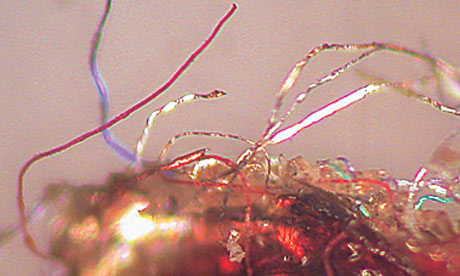



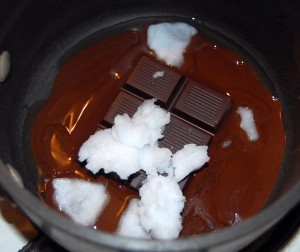
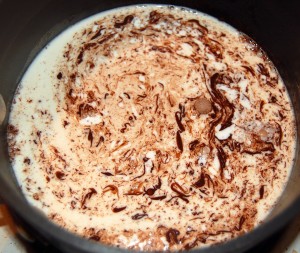
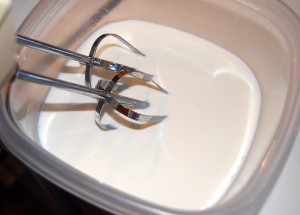
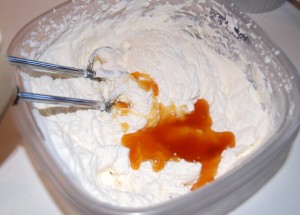
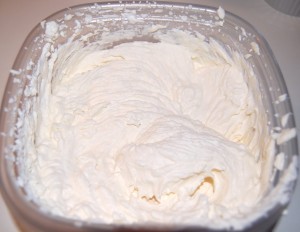










Recent Comments